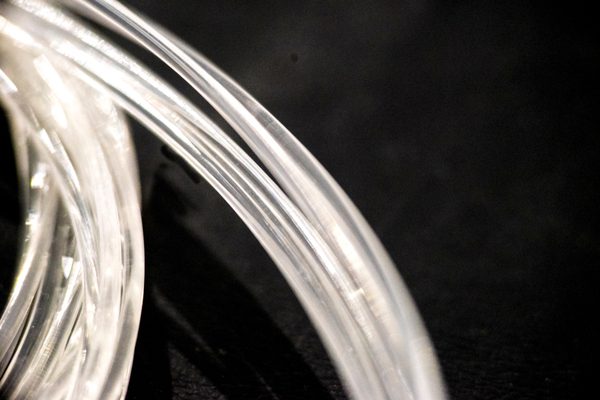OSA is Australia’s No. 1 independently owned designer and distributor of world-class network solutions. We have been supplying communications products and support services to various market verticals for decades. It’s no question that our networking solutions are vital in today’s modern networks.
But did you know fibre optic technology has been around for much longer?
Let’s take a look at the history of fibre optic solutions and how they have become a core and groundbreaking technology for current vertical markets…
 1300 130 423
1300 130 423







